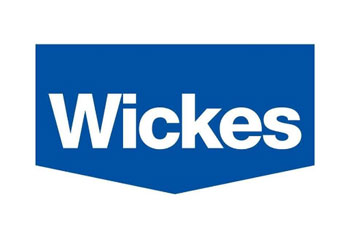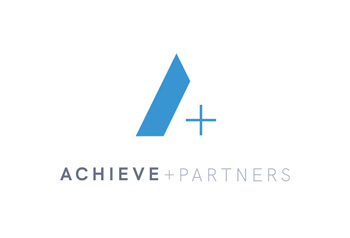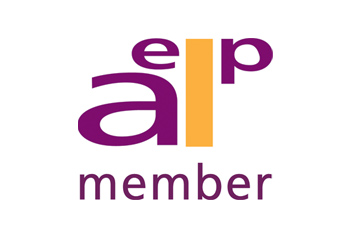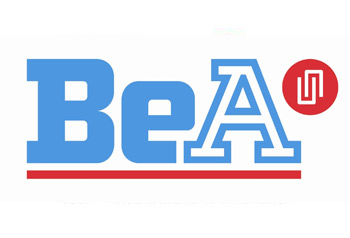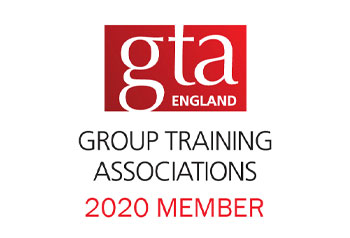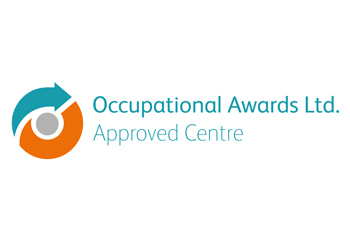Apprenticeship Levy – How it will Work
On the 18 March the Department for Business Innovation and Skills published guidance on how the Levy system will work. This is a copy of the Guidance.
The purpose of the apprenticeship levy is to fund an increase in the number and quality of apprenticeships.
The government announced the levy in the Summer Budget 2015. In the 2015 Autumn Statement the government provided details of who it would apply to and how much the rate would be. Legislation will be introduced in 2016 to create the apprenticeship levy through the Finance and Enterprise Bills.
The apprenticeship levy will be introduced in April 2017.
Who the levy affects
The levy will apply to all UK employers in both the private and public sectors.
It is payable on annual pay bills of more than £3 million. Employers with an annual pay bill of less than £3 million will not pay the levy. These employers will continue to have access to government funding to support apprenticeships. In June 2016 we will provide further details of what that support is expected to be.
Less than 2% of UK employers will pay the apprenticeship levy.
Employers who operate across the UK
The levy will apply to employers across the UK.
We’re working closely with the devolved administrations in Scotland, Wales and Northern Ireland, where skills policy is devolved. We’re committed to making the system work for employers wherever they are in the UK. In particular, we will consider what the best options are to make the system work simply and fairly, including for those close to borders within the UK.
Employers who already pay into an existing levy scheme
We are working with the relevant Industry Training Boards for the construction and engineering construction industries. They will consult with their members ahead of the introduction of the apprenticeship levy on how their existing arrangements will be affected and whether any changes are required.
We are also working with other sectors, where there are existing collective training arrangements (ie the tonnage tax in the maritime sector), about what the apprenticeship levy means to them.
How much you will pay
The levy will be charged at a rate of 0.5% of an employer’s pay bill. Levy payments will be collected monthly by HM Revenue and Customs (HMRC) through Pay as You Earn (PAYE), payable alongside tax and National Insurance. Pay bill will be based on total employee earnings subject to Class 1 secondary National Insurance Contributions (NICs).
There will be a £15,000 fixed annual allowance for employers to offset against their levy payment. A connected person rule, similar to the one used for the Employment Allowance, will mean that employers who operated multiple payrolls will only be able to claim one allowance for the levy.
Examples of employer levy payments
Example 1:
Employer of 250 employees, each with a gross salary of £20,000 would pay:
• Pay bill: 250 x £20,000 = £5,000,000
• Levy sum: 0.5% x £5,000,000 = £25,000
• Allowance: £25,000 - £15,000 = £10,000 annual levy payment
Example 2:
Employer of 100 employees, each with a gross salary of £20,000 would pay:
• Pay bill: 100 x £20,000 = £2,000,000
• Levy sum: 0.5% x £2,000,000 = £10,000
• Allowance: £10,000 - £15,000 = £0 annual levy payment
What happens to the money once it is paid
The money will be collected by HMRC. Individual employers’ funding for apprenticeship training in England will then be made available to them via a new Digital Apprenticeship Service (DAS) account. Employers will be able to use this to pay for training for apprentices. The service will also support employers to identify a training provider, choose an apprenticeship training course and find a candidate.
The DAS will also enable employers to:
• select an apprenticeship training course
• choose the training provider or providers they want to deliver the training
• post apprenticeship vacancies
The main functions of this service will be in place by April 2017.
Spending the levy
Employers will be able to use their funding (up to a cap which will depend upon the standard or framework that is being trained against) to cover the costs of an apprentice’s training, assessment and certification.
Employers will not be able to use levy funds to cover all the costs associated with taking on an apprentice. For example, overheads, supervision costs and apprentices’ wages will not be funded by the levy.
Funding caps
Employers will not be able to spend an unlimited amount of money on a single apprentice. Funding caps will be set which limit the amount of levy funds an employer can spend on training for an individual apprentice. The cap will vary according to the level and type of apprenticeship (for example, more expensive, higher quality training is likely to have a higher cap).
Who the levy can be spent on
Employers can spend their levy funds on training their apprentice against an approved standard or framework. This includes either existing staff or new recruits as long as the training meets an approved standard or framework and the individual meets the apprentice eligibility criteria.
Who provides the training
Employers can only spend their levy funds on apprenticeship training delivered by an approved provider. This could be through buying in training from an approved provider or delivering the training themselves. To deliver training the employer would need to register as an approved provider and be subject to Skills Funding Agency (SFA) quality arrangements and Ofsted inspection.
Directing levy funds to someone else
We know that some employers want to direct their funding to other employers, for instance their suppliers. We are looking into ways to help with this that are not bureaucratic, maintain the aims of the system and are compatible with state aid rules.
Getting out more than you put in to the levy
The levy will put apprenticeship funding in the hands of employers and will encourage employers to invest in their apprentices and take on more.
Employers in England who pay the levy and are committed to apprenticeship training will be able to get out more than they pay in to the levy through a top up to their digital accounts.
The government will apply a 10% top-up to monthly funds entering levy paying employers digital accounts, for apprenticeship training in England, from April 2017. All funds entering a levy payer’s account will be increased, so every £1 will be increased to £1.10 in value.
Unused levy funds
We want employers to have the flexibility to pay for their apprenticeship training when it best suits their business needs. We also want to ensure that levy funds which are unused keep their value by reallocating them to committed employers, who can use them to fund more quality apprenticeship training.
We are looking at the amount of time before levy funds can be reallocated and will provide more information about this by June.
Additional funding by employers
There are 2 circumstances where levy-paying employers are likely to have to contribute additional funds:
• where the cost of the training they wish to buy is greater than the funding cap for a particular standard or framework
• where an employer has spent all of their levy contribution and all of their top-up and wishes to spend more on additional apprenticeship training
The Institute for Apprenticeships
We are establishing a new independent body, led by employers, called the Institute for Apprenticeships. It will regulate the quality of apprenticeships within the context of reaching 3 million starts in 2020. The institute’s role will be to advise on setting funding caps, approving apprenticeship standards and assessment plans. It will be established in 2016 and will be fully operational by April 2017.
Why the levy is being introduced
The apprenticeship levy will help to deliver the government’s commitment of 3 million apprenticeship starts by 2020. The levy will make apprenticeship funding sustainable. For the first time, employers will be in control of apprenticeship funding. This will empower them to get what they need from the training market.
Their investment in apprenticeship training will improve the skills of their workforce and this will help their businesses to succeed and grow, and increase the UK’s productivity.
Read the policy paper for more background and detail of how it is being introduced.
Further information
We will publish further information about the apprenticeship levy throughout this year, such as:
• an employer guide, outlining the operating model for the levy in April 2016
• draft funding rates in June
• final funding rates in the autumn of 2016
You can give your views on the apprenticeship levy at ApprenticeshipsLevyConsultation@bis.gsi.gov.uk.
